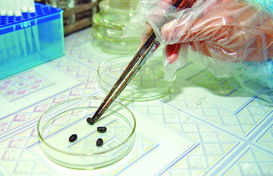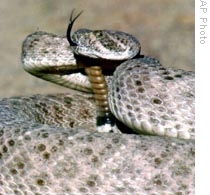
Tick Bites and Treatment: A Comprehensive Guide
Dealing with tick bites can be a daunting experience, especially when you’re not sure what to do next. Ticks are small, parasitic arachnids that can transmit diseases to humans and animals. In this article, we’ll delve into the details of tick bites, their symptoms, and the various treatment options available.
Understanding Tick Bites

Ticks are usually found in wooded, grassy, or brushy areas, where they wait for a host to come by. Once they attach to a host, they can feed on blood for several days, sometimes weeks. Here’s what you need to know about tick bites:
-
Tick bites are usually painless, so you might not notice them right away.
-
After feeding, ticks can become engorged and swell significantly.
-
Not all ticks carry diseases, but some can transmit serious illnesses like Lyme disease, Rocky Mountain spotted fever, and ehrlichiosis.
Identifying a Tick Bite

Identifying a tick bite can be challenging, as they are often small and can be mistaken for a mosquito bite. Here are some signs to look out for:
-
A small, red bump at the site of the bite.
-
A small, dark spot on the skin, which may indicate the tick’s engorged body.
-
Symptoms of a tick-borne illness, such as fever, headache, joint pain, or a rash.
Removing a Tick

Removing a tick as soon as possible is crucial to prevent the transmission of diseases. Here’s how to do it safely:
-
Use fine-tipped tweezers to grasp the tick as close to the skin as possible.
-
Pull the tick straight up and away from the skin in one, smooth motion.
-
Do not twist or pull the tick off the skin, as this can cause the mouthparts to break off and remain in the skin.
-
After removing the tick, clean the bite area and your hands with soap and water.
-
Save the tick in a sealed container for identification and testing, if necessary.
Monitoring for Symptoms
After removing a tick, it’s important to monitor yourself for symptoms of tick-borne illnesses. Here’s what to look for:
-
Fever, chills, or sweats.
-
Headache, fatigue, or muscle aches.
-
Joint pain or swelling.
-
Rash, which may appear days to weeks after the bite.
If you develop any of these symptoms, seek medical attention promptly.
Treatment Options
Tick-borne illnesses can be treated with antibiotics, but early detection and treatment are crucial for the best outcomes. Here are some common treatment options:
| Disease | Antibiotic | Duration of Treatment |
|---|---|---|
| Lyme Disease | Doxycycline, amoxicillin, or cefuroxime axetil | 10-21 days |
| Rocky Mountain Spotted Fever | Doxycycline | 5-10 days |
| Ehrlichiosis | Doxycycline | 14-21 days |
In some cases, additional treatments may be necessary, such as pain relievers or anticonvulsants. Always consult with a healthcare professional for personalized treatment recommendations.
Prevention Tips
Preventing tick bites is the best way to avoid tick-borne illnesses. Here are some tips to help you stay safe:
Related Posts
minor dog bite bruise,Understanding the Minor Dog Bite Bruise: A Comprehensive Guide
Understanding the Minor Dog Bi…
twitch best 10 bit cheer,Twitch Best 10 Bit Cheer: A Comprehensive Guide
Twitch Best 10 Bit Cheer: A Co…





